By Patrice Lewis
It all started one day about 20 years ago when I was cleaning the barn.
My task involved shoveling manure into a compost pile. The compost was destined eventually to enrich our garden. The manure came from our cows (which we milked) and our steers (which we ate). The enriched garden produced food, but it also produced waste (everything from cornstalks to carrot peels) which found its way into the compost pile as well; that is, what didn’t go to the chickens first.
Those chickens scratched around the barn as I worked, adding their own contributions to the compost while eating any bugs and worms they came across. The chickens, of course, gave us eggs and meat.
It was while I shoveled and pitchforked and tidied that I started thinking how homesteading is like a large circle, with everything interconnected and leading toward self-sufficiency. The tighter and more unbroken the circle, the more independent the homesteader is. Manure leads to compost, which leads to a more productive garden, which leads to healthy food, which leads to independence. One thing works in harmony with another. Birth and death are part of the equation, along with seasons and weather.
And the homesteader, that lucky soul, is standing in the center of this great big beautifully interconnected sphere, drawing the separate threads together to weave something unique and self-contained.

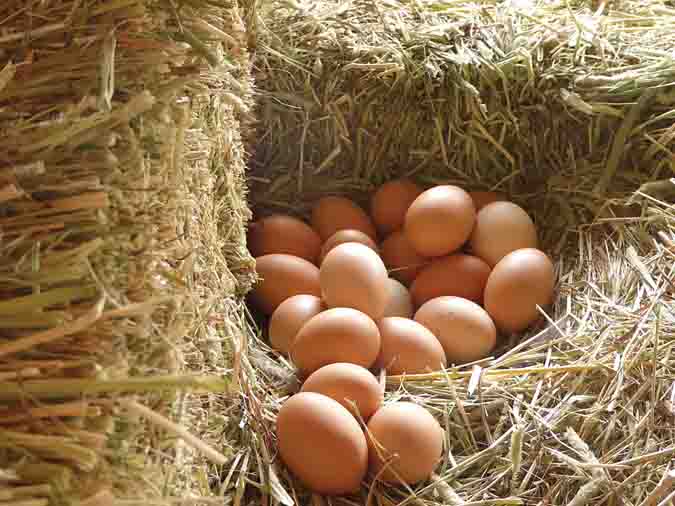
Clean the barn, dump it on the compost pile. Chickens love scratching through compost, and the compost benefits from being scratched through. In turn, the chickens provide us with fresh eggs and meat.
Looking at the past
How many of you remember the Little House books by Laura Ingalls Wilder? In Farmer Boy, which covers a year in the life of her husband’s childhood, we learn the Wilder family is so self-sufficient that just about the only things they purchased were tinware and boots, and maybe a barrel of sugar once in a while. Everything else was produced on their farm. They sheared sheep, wove the wool into cloth, and made their own clothes. They tanned hides for leather. They cut trees for firewood, shingles, and infrastructure. They grew fields of peas, oats, carrots, hay, wheat, corn, rye, and beans. Some of these field crops were for sale, some for animal fodder, and some for people food. They raised pigs, sheep, horses, cattle, and chickens. Literally everything they ate (except the occasional treat of Christmas candy) was grown, raised, made, produced, or gathered by them.
To accomplish this, the Wilders were possessed of an impressive range of skills, from weaving to tanning to carpentry to butchering to shearing to food preservation — all without electricity and with little more than a few hand tools. They sold their excess production for income, and only with that income did they make purchases. The things they purchased were mostly necessities (i.e. boots, tinware) or additional items that would contribute to the running of the farm.
With respect to this level of independence, the Wilder family wasn’t particularly unique. Back then, most rural people did the same thing. They didn’t have much choice. It’s just how people lived. You might say the Wilder’s “Circle of Homesteading” was virtually closed: there were few breaks requiring outside purchases or services.
How many people can boast this degree of self-sufficiency in today’s modern society? Very few. Some of us might possess a few of these skills — food preservation or carpentry, butchering or weaving — but few of us possess all of them.
So what’s a modern homesteader to do?
Learn and acquire. Learn skills and acquire knowledge. Learn techniques and acquire tools. Then learn and acquire some more.
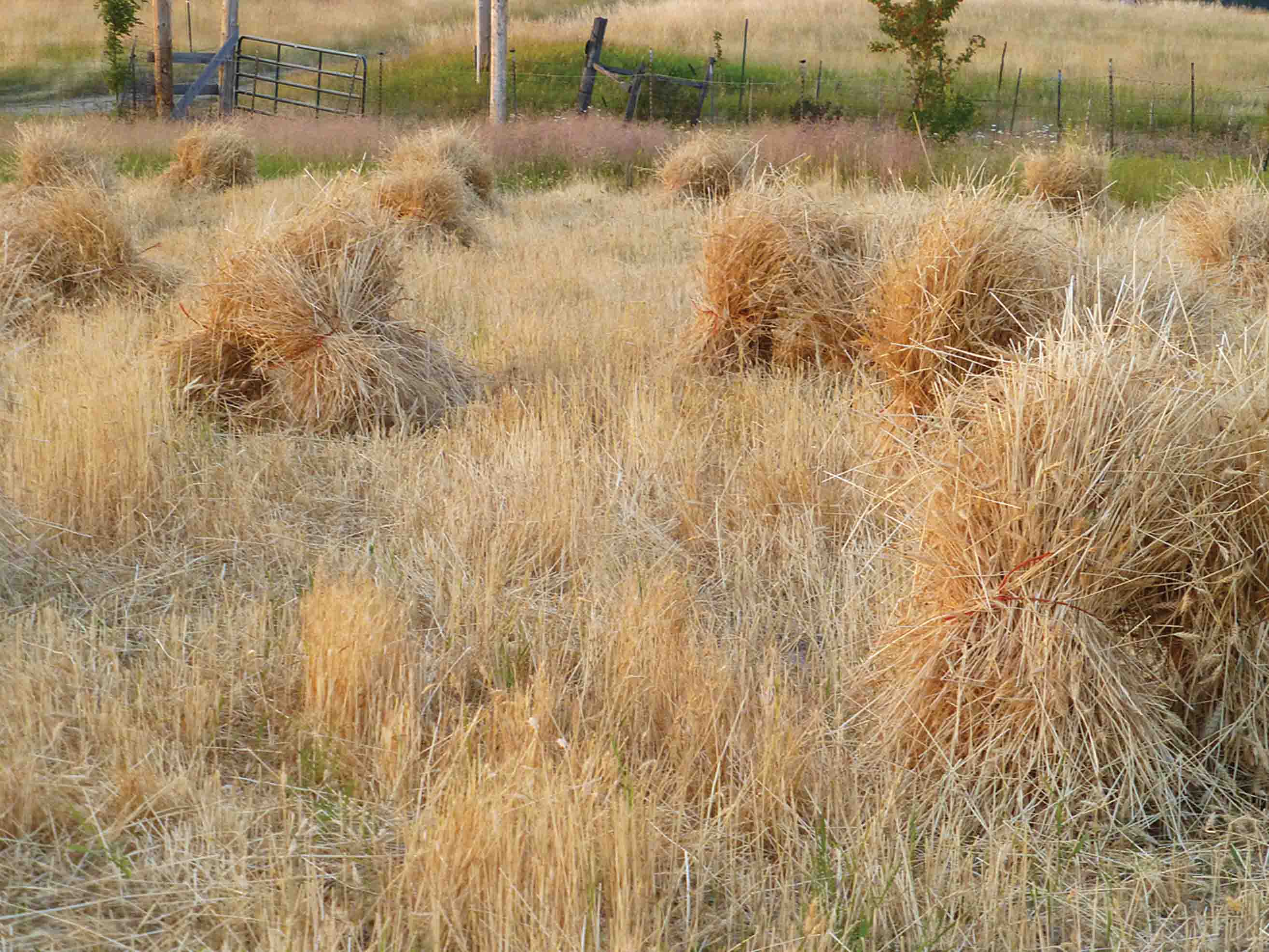
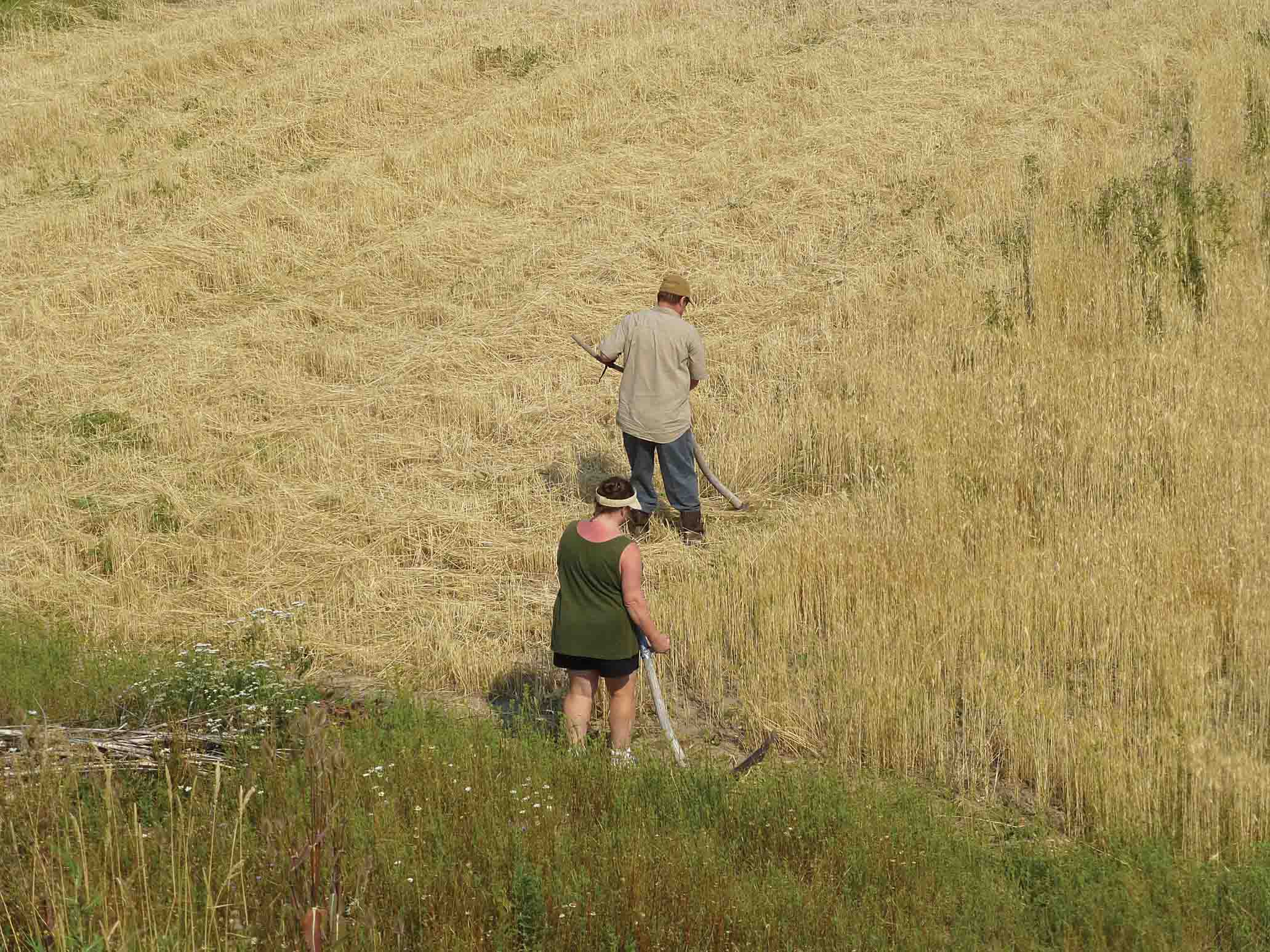
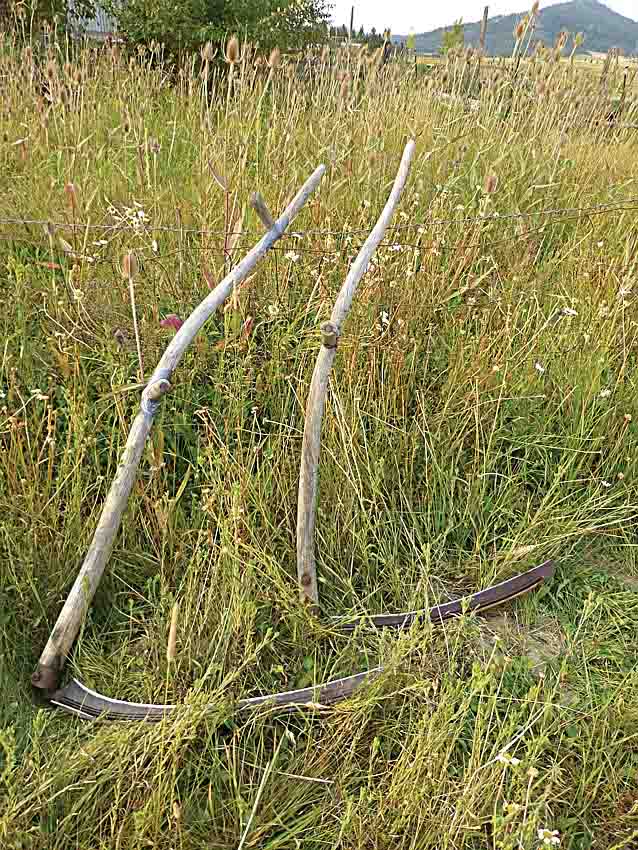
Our experiment growing wheat has brought us one step closer to closing the circle of homesteading; because we’re willing to learn and adapt, our wheat harvest next year is even more likely to be successful.
A journey, not a destination
Few modern homesteaders embark on a flawless path of instant self-sufficiency the moment they sign on the dotted line for their rural paradise. For most people (ourselves included), it’s a long journey toward that closed circle of autonomy. It’s a journey full of mistakes, false steps, failures, and setbacks. But it’s also a journey of increasing confidence as the successes eventually outnumber the failures: the garden that grows, the livestock that thrive, the home business that succeeds. These are the spurs that motivate homesteaders to continue: to try something new, to attempt a different method, to look outside the box for solutions, to find new ways to close that circle.
If homesteaders were in this for the “destination” — say, the level of self-sufficiency the Wilders achieved in the 1860s — most of us would give up in despair. The skills the Wilder family learned from generation to generation have been lost in our modern world. But you know what? Rediscovering those skills — or finding alternatives to them — is one of the most exciting and rewarding triumphs modern homesteaders can achieve.
Modern homesteading is a form of stewardship. The land, the plants, the livestock, the soil, the water — none of it will be able to serve you unless you serve it back. It’s a form of interdependency that is both complicated and simple, ugly and beautiful, discouraging and rewarding.
I wouldn’t have it any other way.
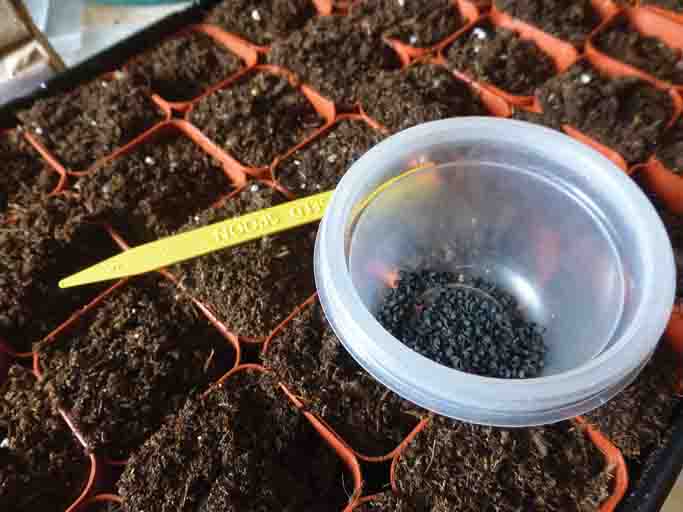
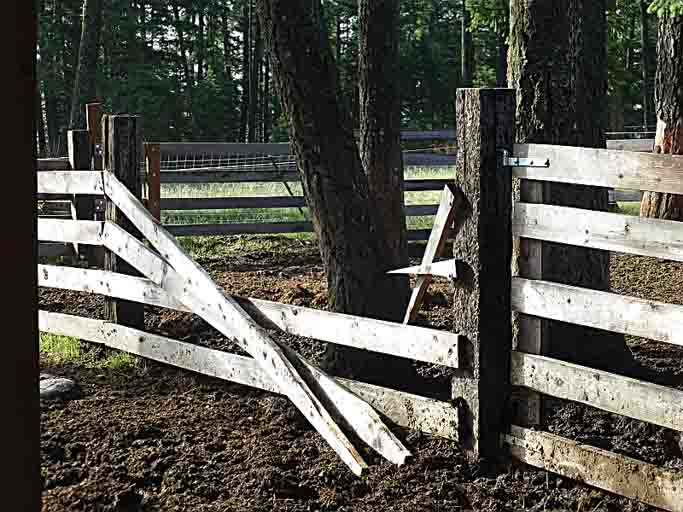

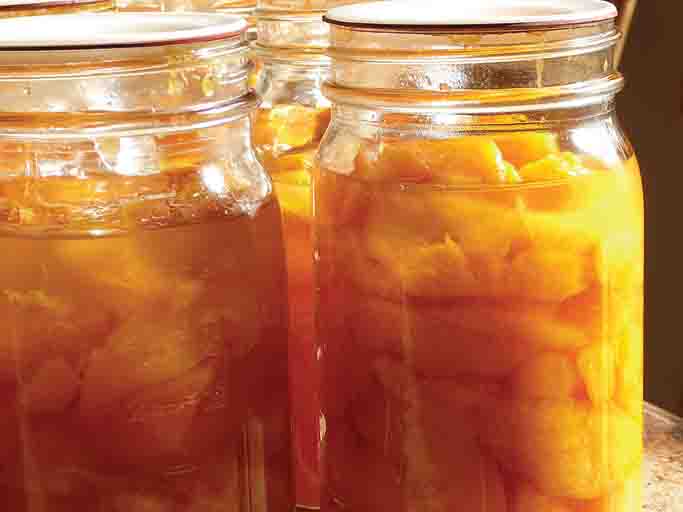
Learning to fix fences and other things, planting seeds saved from your garden, learning to preserve food, and doing away with disposables are all ways to help close the circle of homesteading.
Where to start
When you first move from an urban to a rural environment, a lot of the subsequent adjustment is simply getting used to the different pace of life. The urge to do things quickens with the quickening seasons. When it’s spring, the urge to garden can be overwhelming. When it’s fall, the urge to cut firewood supersedes everything else. When you start milking a cow, the urge to create products from that milk (yogurt, cheese, butter) is strong. When you harvest a huge amount of carrots or corn, the desire to learn food preservation takes over.
Most of the time in the city or suburbs, life goes on regardless of season or weather. It doesn’t matter if it’s raining when you work in an office, but rain (or snow or sunshine) can dictate entirely what your day’s tasks will be on a homestead.
To start closing the circle, look for “breaks” — what you’re bringing in from outside sources. Those purchases are your biggest clues. If you’re buying strawberries, try growing your own. If you’re purchasing milk by the gallon, a cow or goat might be the answer. If you’re buying bread, ultimately a wheat field might be in your future.
This doesn’t mean you’ll have impeccable success from the beginning. Everything — everything! — is a learning curve.
Take wheat, for instance. We live in wheat country. How hard could it be to grow it? Since winter wheat is so common around here, we decided to give it a try. We plowed a half-acre field in the fall, sowed some winter wheat, and waited for spring.
Spring came and the wheat grew — along with so many weeds it was pointless to try and harvest the grain since we couldn’t tease apart the bad from the good. After doing some research, we switched from hard red winter wheat to hard red spring wheat (multiple plowings in the spring before planting reduced our weed infestation). The harvest was successful, but threshing was beyond our ability … so we saved our pennies and purchased a foot-powered Amish-made treadle thresher. Now we’re waiting until spring to repeat our experiment.
Essentially we are rediscovering or relearning knowledge lost in the last century, ever since the widespread use of electricity and engines. Don’t get me wrong, I have no quarrel with electricity and engines. We depend on them on a daily basis, and they make our lives immeasurably easier as a result. But if fuel should suddenly become unavailable, civilization would come crashing down. Why? Because we’ve forgotten 5,000 years’ worth of skills in less than a hundred years.
When the older generation dies, they take their combined wisdom with them unless the younger generation takes the time and effort to learn it. But if the younger generation doesn’t need to learn these skills because technology will “always” be there, then what happens? Those old skills and methods disappear, sometimes forever. That’s scary.
But that’s also why modern homesteading is such an exciting trend. Lost skills are being found. Discarded knowledge is being re-acquired. Let’s face it, those embarking on this kind of lifestyle aren’t doing it because it’s easy. They’re doing it because it’s challenging to rediscover traditional ways of doing things. They’re doing it because it’s satisfying to close that circle just a bit more.
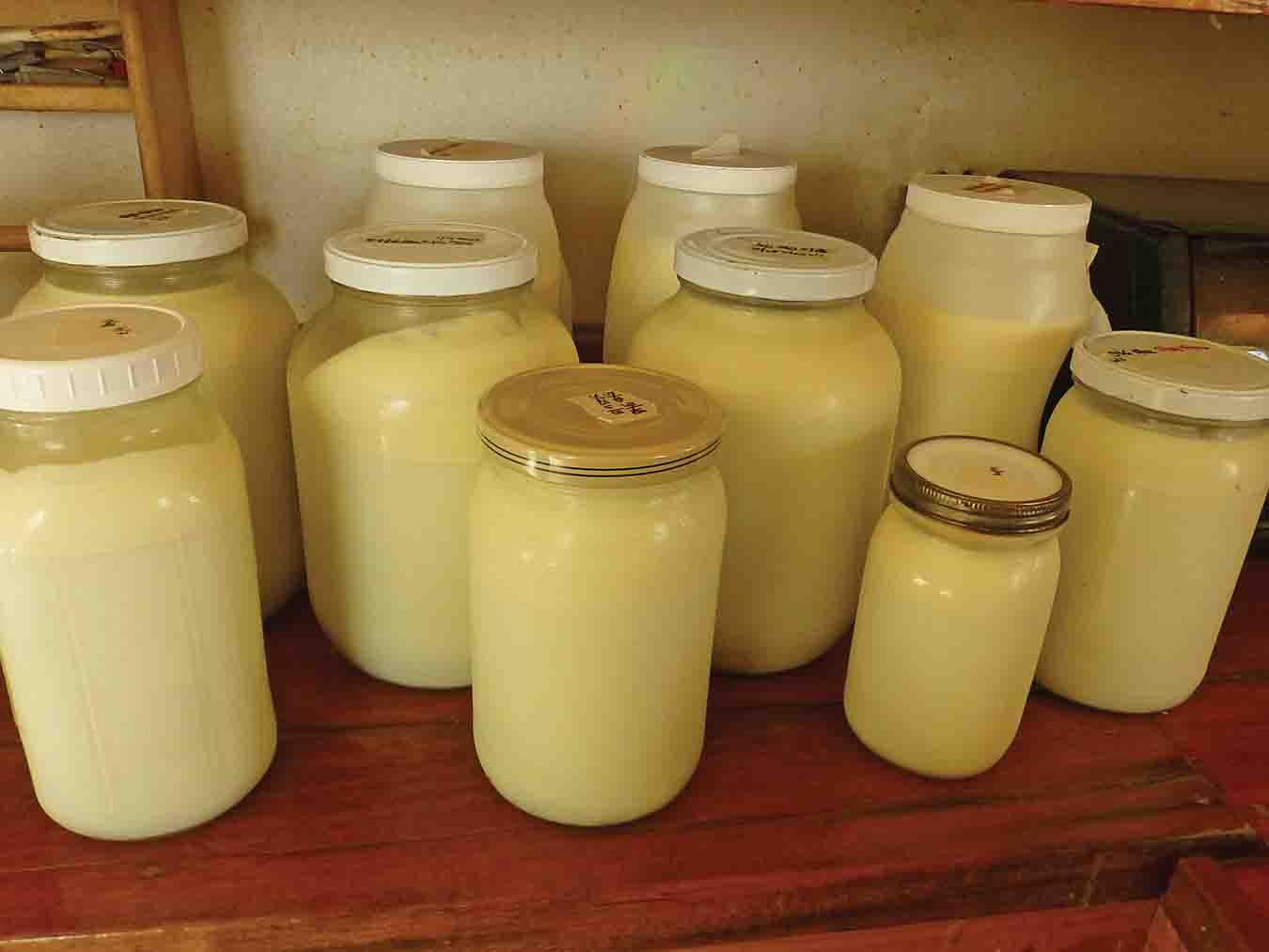
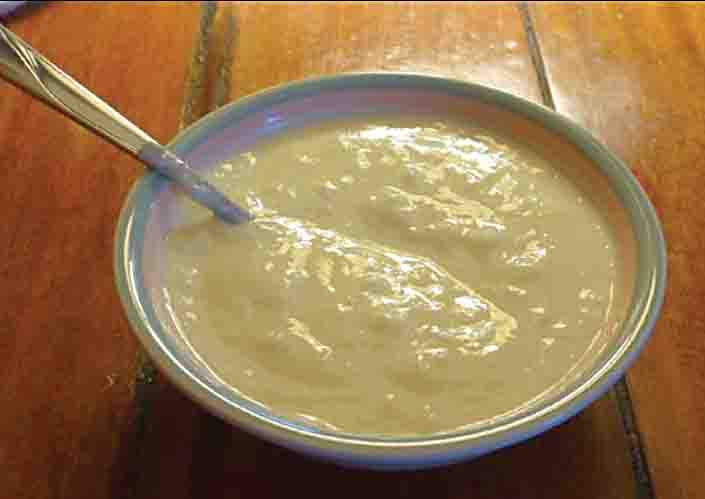
A cow provides us with milk which in turn provides us with homemade cheese and yogurt. She also provides a calf every year, which in turn provides a freezer full of meat to feed our family.
Reusable options
One of the ways modern homesteaders can close the circle is to reduce their dependency on things that get thrown away. A few years ago I wrote an article for Backwoods Home Magazine called “Disposing of Disposables” (Issue #148, July/August 2014, 25th year Anthology)which documented our transition from throwaway items to reusable or washable alternatives. We phased out everything from paper plates to plastic cutlery to disposable feminine hygiene to plastic razors to throwaway canning lids. In their place we implemented sturdy dishes and utensils, washable hygiene products, metal butterfly razors, Tattler reusable canning lids, and anything else we could reuse.
The difference this has made in our homesteading lives is astounding. Not only has it reduced our garbage output by a huge amount, but it’s also made us that much more self-sufficient for everyday items. If you never have to buy paper towels ever again because you have a large stock of washable dishtowels, you’ve saved money and resources. If your monthly feminine needs are forever taken care of by washable, reusable products, you never have to worry about running out. If you can preserve your garden produce without ever having to buy another canning lid, you’re that much more self-sufficient.
Transitioning to reusable replacements for disposable products mends some of the breaks in the circle. To that end, whenever you find yourself throwing something away, ask yourself if you could have obtained a reusable version in the first place.
The need for tools
Another necessity for modern homesteaders is to acquire tools, preferably hand-operated and low-maintenance. Once you have these tools, you have them. You don’t have to keep purchasing more.
Before planting our wheat field, for example, we had purchased a number of scythes from various antique stores (the dealers couldn’t believe we actually had plans to use these implements!). Along with the scythes, we purchased sharpening stones. Then we watched YouTube videos on the proper method to sharpen scythe blades (there are different techniques depending on whether the blade is European-made or American-made). When it came time to cut the wheat, we found the scythes surprisingly easy and efficient to use.
But we still faced the problem of threshing. Since this issue proved insurmountable, we purchased the foot-powered thresher that would make the chore more feasible. It adds to our self-sufficiency to know we can thresh wheat without killing ourselves — and without using electricity.
My husband is a woodworker. He rejoices in the power tools he uses on a daily basis, but he also possesses an impressive array of hand-tools picked up over the years. If the electricity required to run his power tools ever becomes unavailable, he can still do carpentry with the use of his hand tools.
Other tools are a bit smaller. Years ago, I purchased cultures for making cheese and yogurt. I deliberately chose cultures that could be re-cultured indefinitely. This way I can make cheese and yogurt as long as our cows are giving us fresh milk.
Saving seeds is another example of closing the circle. We haven’t had to purchase seeds for years because we simply replant what we harvested.
The tools of a homesteading lifestyle, once purchased, become part of the “closed” system.
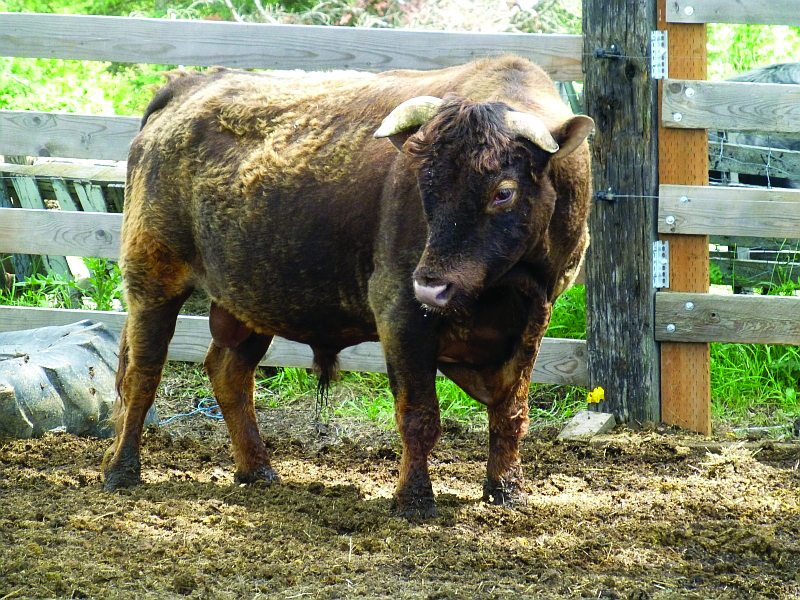
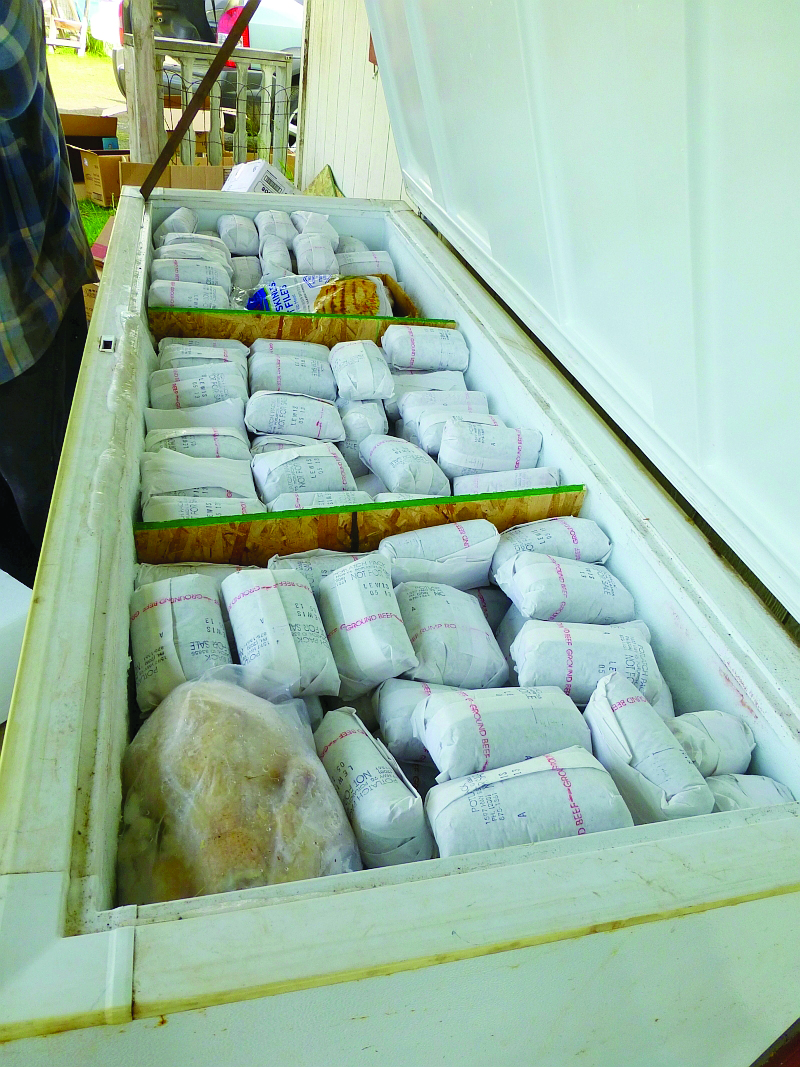
Even a bull is a “tool.” Without him our cows would not provide calves and milk which we turn into dairy products and meat for our family. We could use the services of an artifical inseminator, but by including a bull on our homestead, we close that part of the circle.
Celebrate mistakes
Modern homesteading — particularly since participants are often learning by the seat of their pants rather than at their parents’ knee — is filled with mistakes, setbacks, and failures. It’s not a lifestyle for the faint of heart.
The ability to learn from mistakes is critical. I’ve seen people throw up their hands and give up after a single failure: their garden dies, their solar array breaks down, their cows escape. They aren’t willing to see and acknowledge what went wrong, and strive to fix it. Many also aren’t willing to benefit from the accumulated knowledge of other, more experienced homesteaders to avoid certain problems in the first place.
But failure can be one of the most valuable teachers. Failure occurs when something doesn’t work the way you hoped, either because your preparation wasn’t adequate, your understanding wasn’t sufficient, or (of course) you experience variables outside of your control (weather, etc.). Our garden failed for nine straight years before we looked at the causes and bypassed the problems, which is why we now garden in tractor tires to enormous success (see Backwoods Home Magazine issue #152, March/April 2015, 26th Year Anthology). Our livestock kept escaping until we learned the proper techniques to build fences and keep them in. My cheesemaking efforts were disastrous until I started learning the proper methods.
Even unexpected variables beyond our control can be teachable moments. It took some bad winters before we understood what kind of infrastructure we needed to protect our livestock and hay. It took a massive regional power outage to spur us to improve our water storage and availability. It took horrible clay soil to make us look into alternate means to grow a garden.
As homesteader Amy Fewell put it, “What happens when you fail is really up to you. You can choose to quit. You can choose to do it differently. You can choose to mope. Or you can choose to learn.”
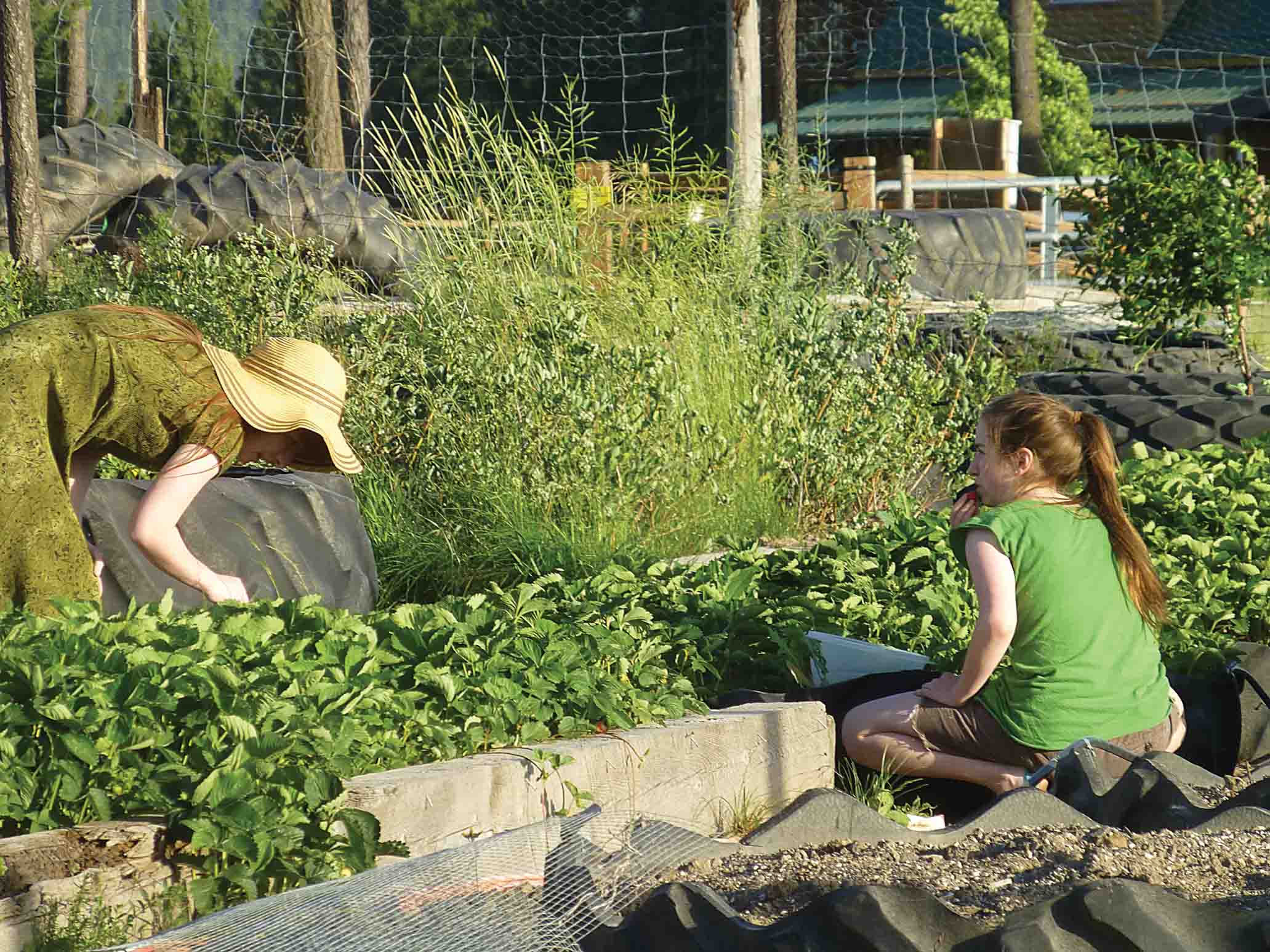
Growing up on our homestead our daughters learned traits few young people seem to have these days: frugality, common sense, practicality, responsibility, self-control, myriad skills, a work ethic, and a strong moral foundation.
Think of the children
Part of the Circle of Homesteading is legacy. Our two daughters were born into the homesteading lifestyle and never knew anything else until they grew up and left home. Along with our farm, we have a home woodcraft business. We also homeschooled them through graduation and launched them into successful careers without acquiring the student loan debt that anchors so many young people.
Currently 20 and 23 years of age, our daughters learned traits few young people seem to have these days: frugality, common sense, practicality, responsibility, self-control, myriad skills, a work ethic, and a strong moral foundation. On a homestead, children learn things aren’t handed to them on a silver platter. They know where their food came from (including meat). They help plant, cultivate, harvest, and preserve.
Our daughters knew from where the family’s income derived and how hard their parents worked to earn it. They learned the problems associated with debt and the benefits of an all-cash lifestyle. Money never sprang from a mysterious source, and our kids have been able to enter their young adult lives with a financial maturity that bodes well as they get older.
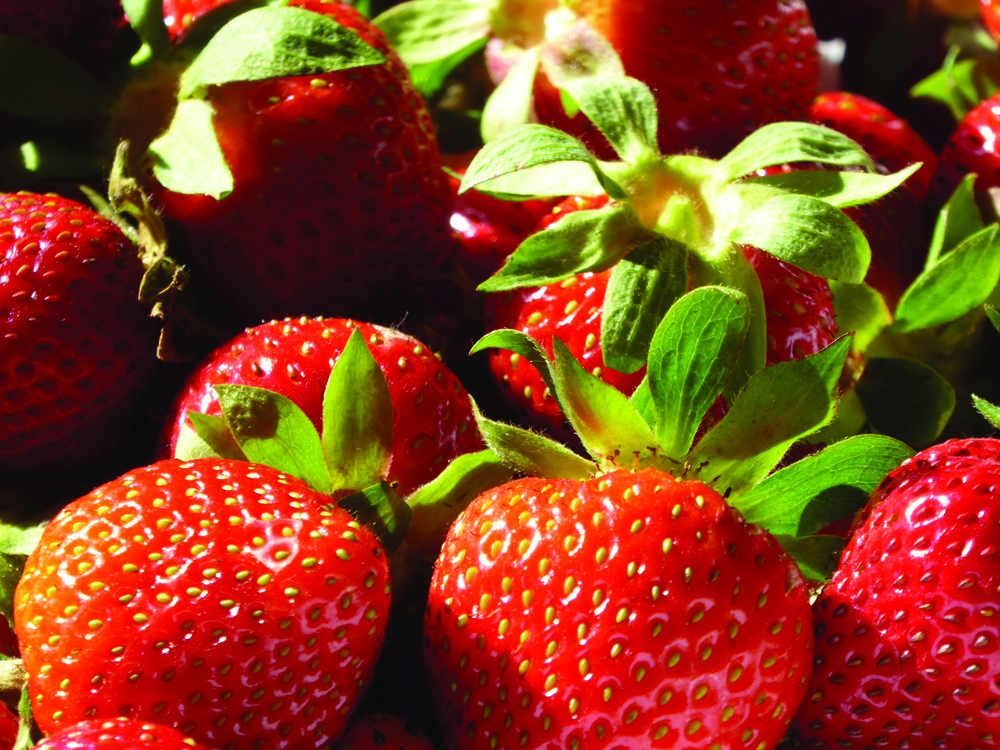
If you find yourself buying something regularly, figure out a way to produce or permanently replace that item instead.
Future plans
In our case, our “closed” homesteading circle still has many breaks, holes we may soon — or may never — plug. Some holes we hope to close as we develop projects. Other holes will never be closed for the simple reason we’re getting older and no longer have 30-year-old bodies. Our circle will never be complete, but that doesn’t keep us from trying new things. There is never a position where we can claim we’ve done everything we need to do, so now we can fold our hands and stop. We’re always looking for new projects, new horizons, new challenges.
A rebirth
Henry David Thoreau’s “Walden” has been over-quoted to the point of becoming cliché, but he has some verbal gems that have stood the test of time — for good reason.
“The mass of men lead lives of quiet desperation,” he wrote, and you’ll never find more haunting words.
The reason you’re reading this article is because you, too, have felt that “quiet desperation” — either in a former life you’ve left behind, or in your current life from which you want to escape. If there’s one thing I can honestly say since becoming a modern homesteader, is that we have never, ever experienced that “quiet desperation” that arises from a soulless job and a soulless commute. We’ve experienced times of “noisy” desperation (notably financial), but it’s not the same thing as what afflicts office drones and cubicle dwellers. While the bank account might be thin, our souls are brim-full.
What we’ve learned is this: leaving the city was a sort of rebirth for us. We were competent, trained professionals working respectable jobs, but the moment we moved rural, the rules changed and we learned how ignorant we were. We had to learn to work with our hands, to work with the seasons, to work through times when we had little or no money. What we learned over the years — the techniques and skills we picked up to close our circle a bit more — have proven invaluable. As I told my elderly parents last summer, “Our lives didn’t follow the conventional path since leaving the city, but it’s been a helluva ride.”
So I urge you to follow Thoreau’s advice to “take to the woods” and live by the principles of economy and hands-on skills. Join the modern homesteading movement. You too may find yourself experiencing a rebirth of sorts. When you step outside in the morning and breathe deep of the sweet country air, you’ll realize something very important: You’re home.

Beautiful and true!
How well written!
So awesome, I did alot of these things growing up. Loved it
Loved everything about this article.